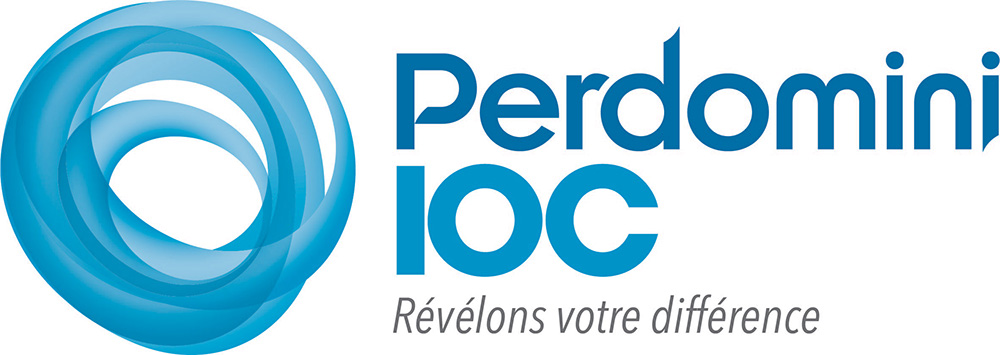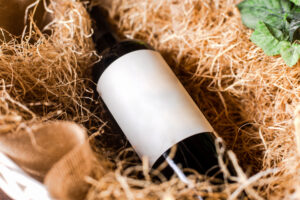𝙒𝙝𝙖𝙩 𝙬𝙞𝙡𝙡 𝙘𝙝𝙖𝙣𝙜𝙚 𝙬𝙞𝙩𝙝 𝙩𝙝𝙚 𝙣𝙚𝙬 𝙡𝙚𝙜𝙞𝙨𝙡𝙖𝙩𝙞𝙤𝙣?
In this list of ingredients will be reported the additives that may be used, such as gum arabic or tartaric acid, but not the adjuvants, ie those products that are used during the winemaking process, but which are then removed once their action and function have been exhausted such as, for example, selected yeasts or protein clarifiers.
Out of about 80 substances authorized for oenological use and listed in Annex 1 of Reg. (EU) 2019/934 (amended by EU Reg. 2022/68) only some are additives must be reported in this list of ingredients: ascorbic acid (E300), citric acid monohydrate (E330), fumaric acid (E297), malic acid D, L (E296), L-lactic acid (E270), metatartaric acid (E353), L+ tartaric acid (E334), ammonium bisulphite, potassium bisulphite (E228), carboxymethylcellulose (E446), gum arabic (E414), lysozyme hydrochloride (E1105), yeast mannoproteins, potassium metabisulphite (E224), potassium sorbate (E202), polyaspartate (E456), dimethylcarbonate (E242), so2 sulfur dioxide (E220), calcium sulfate (E516).
The objective of this initiative is to bring the alcoholic beverage sector, including wine, into line with the obligations established by Reg. (EU) 1169/2011 on food products.
The indications that must be reported on the label, can also be inserted in digital format by reading a QR-code placed on the wine label.
Perdomini-IOC: oenological products and digital tools to support producers
It is also within this news that Perdomini-IOC is actively working to make available to its customers all the information necessary for the evaluation of the oenological products proposed in its range and their relative need or not to be reported in the above list of ingredients in compliance with Reg. (EU) 2021/2117.
For this purpose, a digital tool will soon be available to the customer in which it will be possible to type the name of the product to quickly check whether or not it contains ingredients that trigger the obligation to be mentioned on the wine label.
The market trends of recent years have shown an increasing attention and awareness towards what you buy and what you drink. Those who work in the production chain can take this opportunity to support wine producers, providing them with clear information through easy-to-use tools that can facilitate the development of this new “more transparent” label.
Interested in learning more? Contact Perdomini-IOC technicians or your local agent and try our range of products directly in your cellar!





